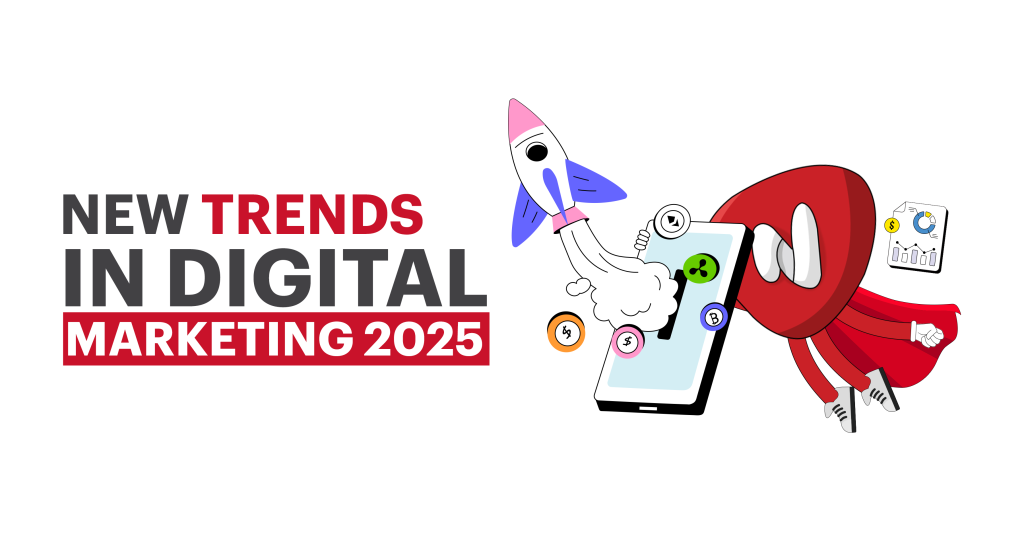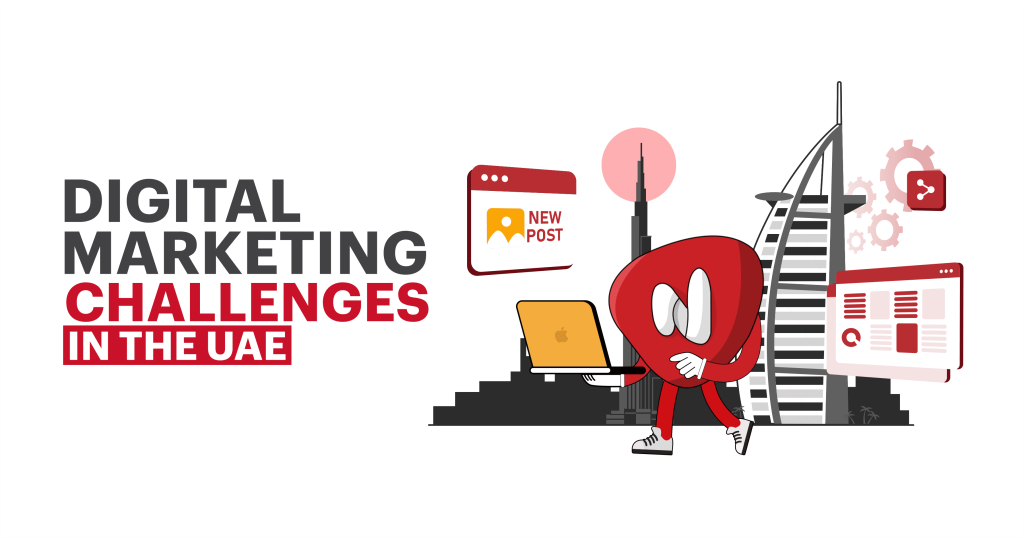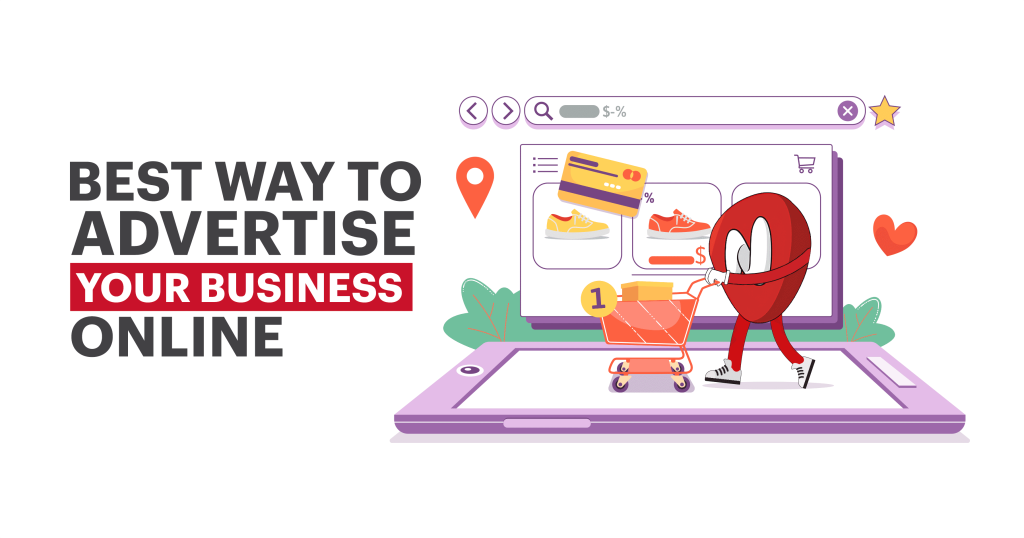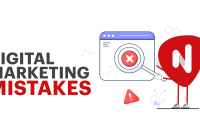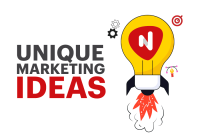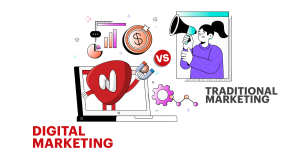
Remember the last time you were walking down the street and suddenly saw an ad on a big billboard or a building, or you were just watching your favorite TV show and an ad appeared on the TV? That, in short, was traditional marketing.
Now, while you’re scrolling on your mobile, an ad might suddenly appear on Facebook, for example. That’s digital marketing at its finest, and that makes us ask ourselves: how do digital marketing services reach people, and How Does Digital Marketing Work quickly and effectively?
Why do you think marketing is really important?
Imagine you have two teams: the first one is the business or the company, and the second one is the people who want the service but don’t know anything about it. Marketing is the bridge that connects these two teams together. So, even if you have a business and the best service in the world, people will never know about your business or your service unless you advertise and market it.
What is Traditional Marketing?
“Traditional marketing refers to the use of conventional media such as TV, radio, print, and outdoor advertising to reach a broad audience and create brand awareness.” – Philip Kotler & Gary Armstrong
Traditional marketing means all the old ways that companies used to reach people before the digital era. For example, TV and radio ads, billboards, flyers that were handed out to people in the streets, and newspaper ads. But over time, this type of marketing evolved from simple word-of-mouth and basic printed posters into huge campaigns on TV and big lighted banners in the streets and on bridges.
The goal of these methods is to be seen by a wide audience—basically everyone—without targeting a specific group. It aims to make people aware of the brand and create trust and connection through constant repetition.
That’s why companies focus on choosing the right channels like TV and newspapers, sending out strong messages through them, and investing in visibility to make sure the brand sticks in people’s minds and is always remembered. Simply put, traditional marketing is all the ways companies used to promote their products before the internet came along.
Why Traditional Marketing Still Matters Today?
Traditional marketing is important because it can reach a large audience quickly and make a brand familiar and trustworthy in their eyes. Ads on TV, radio, newspapers, magazines, and even big street billboards or flyers make the product feel close to people, almost like a part of their daily life.
Its biggest advantage is that it helps people remember the product through repeated exposure. It also complements digital marketing, making sure the brand is seen everywhere, both online and offline, and stays present in people’s minds at all times.
Forms of Traditional Marketing:
Traditional marketing comes in many forms, all made specifically to reach people in the real world. From print to TV and radio, each form has its own way—and its own charm—of grabbing your attention and making it easy to remember.
Television and radio ads:
One of the oldest and strongest advertising methods, it reaches a large audience in a short time and delivers messages effectively.
As George Lois noted in Advertising for People Who Hate Advertising: “Broadcast advertising allows brands to reach a wide audience and build credibility.”
They’re classic methods that reach a large audience quickly. The ads focus on visuals, sound, and even storytelling to grab your attention, pull you in, create awareness of the brand, and make it stick in your mind.
Print Advertising:
This includes ads in newspapers, magazines, and posters. It’s effective for reaching a wide audience and building brand credibility.
As Philip Kotler mentioned in Marketing Management: “Print advertising allows brands to reach a wide audience and build credibility.”
Billboard:
These are big billboards placed in high-traffic areas to grab people’s attention. People have a moment to read them, like at crowded traffic lights, so they can quickly see and absorb the message. That’s why they focus on clear text and strong messages that make the brand stand out, catch people’s eyes and attention, and stay in their minds.
Direct Mail:
This involves sending messages directly to potential customers via mail or phone. It allows personal communication and encourages immediate responses.
As Philip Kotler stated in Principles of Marketing: “Direct marketing allows brands to communicate personally and encourage immediate response.”
Telemarketing:
This is done directly with potential customers over the phone. It allows companies to present their products or services personally, answer their questions, and persuade them to take a specific action. The key here is knowing how to create a friendly, helpful, and convincing conversation that builds trust, encourages interaction, and gets the job done successfully. As Philip Kotler noted in Principles of Marketing: “Telemarketing allows brands to communicate directly and encourage immediate response.”
Personal Selling:
This is done face-to-face, where the salesperson’s job is to interact directly with potential customers. It allows for a personalized experience for each person. Their role is to understand the customer’s needs, answer questions, guide them, and help them take action to make a purchase. The strength of this method lies in building strong relationships and trust, which increases customers’ purchasing power and also creates loyalty to the brand.
Pros and Cons of Traditional Marketing:
Old-school marketing has been around for years, and just like it has advantages, it also comes with some drawbacks. While it’s excellent for reaching a large audience and building brand awareness, it has some limitations when it comes to cost, targeting, and accurately measuring results.
Pros of Traditional Marketing:
It can reach a large audience quickly, build trust in the brand, and create awareness. It’s also effective in local markets and for mass awareness. Not only that, it’s tangible and easy to remember, like brochures or billboards.
Cons of Traditional Marketing:
It’s very expensive, especially TV and newspaper ads. It’s hard to measure results accurately and know the return on investment. You can’t target your audience as precisely compared to digital marketing. It’s also less flexible and slower to adapt than online campaigns.
What is Digital Marketing?
“Digital marketing uses online channels, social media, search engines, email, and mobile platforms to reach and engage with specific audiences effectively, allowing businesses to track results and interact with customers in real-time.” – Philip Kotler & Kevin Lane Keller
Imagine this: companies want to get their products or services to you instantly—not just through TV ads, but everything online. Almost everything is on your phone or computer: Facebook, Instagram, TikTok, Google, emails, websites, and even apps.
The best part? Digital marketing reaches the right people who are genuinely interested, lets you track the results immediately, and interact with your audience directly. It’s fast, flexible, measurable, and perfect for our digital age, keeping your brand present in people’s minds like it’s part of their daily life.
Why Digital Marketing Matters More Than Ever?
Simply because people live online now. Instead of hanging billboards and hoping someone notices, you can reach your customers right on their phones. Digital marketing isn’t just more affordable; it’s also smarter—it lets you know who saw your ad, who cared, and who actually bought. The best part? You get to talk to people directly, answer their questions, and make them feel you’re right there with them. As Pierre Omidyar said: “We have technology, finally, that for the first time in human history allows people to really maintain rich connections with much larger numbers of people.” And that’s exactly what makes digital marketing such a powerful way to connect with your audience.
Forms of Digital Marketing:
Nowadays, everything is online, and people want to find what they’re looking for quickly. Digital marketing is what helps people know you, trust you, and keep coming back. That’s why it’s important to understand its forms and tools. And here, we’ll talk about the most popular forms of digital marketing.
Social Media Marketing:
This is where everyone lives nowadays. Facebook, Instagram, TikTok… you can build your brand personality and interact directly with people. Post, make stories, collaborate with influencers to reach their audience. Marty Neumeier said: “Social media is about people! Not your business. Give to the people, and they will give back to you.”Focus on people and their needs, not just on selling.
Search Engine Optimization (SEO):
It’s like making sure your website shows up on the first page of Google so anyone searching can find you easily. You’re not paying for ads; you’re just optimizing your site: content, titles, speed… everything to make Google like you. As Lee Odden said in Optimize: “Content is the reason people began searching in the first place.”Good content is what helps people find you and increases your site traffic.
Content Marketing:
Content is king. Articles, videos, images—anything valuable for people. Its goal is to make people trust you and come to you without feeling pressured. Jim Yu, founder of BrightEdge, adds: “Content marketing has become the engine that fuels search and social media activity.” High-quality content boosts your visibility and gets people to engage more with you.
Email Marketing:
In this type, communication is direct with people who are interested in you. You send them nice offers, news, or content they like, and you send each person a personalized email. Experts say that every click is a wish. Every email interaction is a chance to strengthen your relationship with your customers.
Pay-Per-Click Advertising (PPC):
If you want to reach interested people quickly, you pay only when someone clicks your ad. Like Google Ads or Facebook Ads. It’s a fast, clear way to know who’s interested. Chet Holmes, author of The Ultimate Sales Machine, said: “Advertising brings in customers, but your job is to make them buy from you.”
Ads get attention, but your job is to turn attention into actual sales.
Affiliate Marketing:
This is when others promote your product or service in exchange for a commission. The more they sell, the more everyone wins.
Rosalind Gardner, author of The Super Affiliate Handbook, said: “Affiliate marketing is not a get-rich-quick scheme; it’s about building relationships.”
Success here depends on trust and long-term relationships with marketers and customers.
Influencer Marketing:
Here, marketing is done through influential people who have a strong online presence and a large, loyal audience. When these influencers talk about your product or service to their followers, you increase your sales and reach an audience that trusts your products and services based on the influencer’s credibility. Success in this type of marketing depends on choosing the right influencers whose audience aligns with your brand and creating authentic, engaging content for customers.
Online PR:
This is basically managing public relations, but online. It’s responsible for handling your brand’s reputation on the internet, which includes interacting with media, bloggers, and customers through your website, social media, and online publications. Its goal is to create positive coverage, respond to feedback, and build a trusted image for your brand.
Pros and Cons of Digital Marketing:
Digital marketing has changed the rules of the game for how companies reach their audience. It gives precision and measurable results that often don’t exist in traditional marketing. But like anything, despite its advantages, it also has some drawbacks.
Pros of Digital Marketing:
Some of its advantages: Precise targeting of a specific audience, more cost-effective than traditional methods, measurable results with analytics tools, fast adaptation and flexibility in campaigns, and the ability to engage directly with customers in real-time.
Cons of Digital Marketing:
And the most important drawbacks are that it requires constant monitoring and updates. Also, online competition is very high, making it hard to stand out. Results might take time if the strategy needs adjustment, and since people rely heavily on digital channels, this type focuses more on those who are online and neglects those who aren’t
Why is it smart to work with a company like NetArabia?
If you want your work to stand out and shine online, working with a company like NetArabia is a very smart move. That’s because they have the experience, tools, and strategic plans that will help you build your brand properly, reach the right audience, and achieve real results. Take a look at some of their most successful campaigns to see how they’ve helped businesses grow and engage effectively with their customers.
Want to Get into the Exciting Field of Digital Marketing?
What skills should you have to enter the field, what job opportunities are available, and where is the future of this field headed?
To enter this field, you need to have some important skills, like understanding what digital marketing is, social media marketing, paid ads, email marketing, and SEO. You should also know how to read and analyze data to understand campaign results, be able to write engaging content, have some basic design skills using tools like Canva and Photoshop, and be flexible and able to learn quickly because this field evolves fast, so you need to keep up with all the latest trends.
Which Type of Marketing Should You Use?
The answer here depends on three things: your business goals, the audience you’re targeting, and, finally, your budget. For example, traditional marketing is suitable if you want to reach a large audience quickly, build local brand
awareness, or create a strong visual presence through billboards, radio, and TV. On the other hand, digital marketing is ideal if you want more precise targeting, measurable results, cost efficiency, and direct interaction with your audience—but online.
So, how do you determine the best type for you? This can be done in a few steps. First, know your audience well—are they more active online or offline? You also need clear goals: do you want to build brand awareness, gather potential leads, or increase sales? Be aware of your budget too—digital marketing is flexible and one of the most effective ways to reach a larger audience faster. Finally, take time to test and analyze the results, and you’ll often find that the best outcomes come from strategically combining both types.
Digital Marketing Vs Traditional Marketing Examples:
Real-life examples of successful traditional marketing:
Zara, for example, is considered one of the most famous real-life examples of successful traditional marketing. In the beginning, the owner focused on something simple but very clever: showing the clothes in a way that grabs attention. The store displays were always organized and attractive, each piece standing out perfectly, with coordination that catches the eye of anyone walking by.
But that wasn’t all—they also used big billboards in streets and malls to showcase new collections and increase people’s desire to go inside and see everything. The whole idea was to make you feel the brand from the very first moment, to look, notice, and remember it easily. This approach made them very successful in traditional marketing even before the digital era.
Real-life examples of successful digital marketing:
Shein is one of the most successful examples of digital marketing. The brand is primarily online, and almost all of its work happens digitally. They know exactly how to reach everyone in Egypt quickly. You’ll see their ads all over Instagram and Facebook, with short videos and stories showing the latest collections.
Not only that, they send personalized email offers based on what you’ve looked at before, making you feel like they really understand you. They also work with popular influencers on Instagram and TikTok, so people watch, interact, and feel the brand is part of their daily lives.
The idea here is that digital marketing is fast, precise, and lets you interact with the brand in real time.
FAQ:
does traditional marketing still have a role these days?
Yes, of course. It still plays an important role, especially if you want to build brand awareness quickly or target a local audience that isn’t very active online.
Which type of marketing works best for small or startup businesses?
Digital marketing is the ideal choice for small and startup businesses because it’s more cost-effective, allows precise audience targeting, and provides measurable results.
Can I combine both types of marketing in my business or not?
Of course, you can combine both, and this is the secret behind the success of many companies today. The key is to integrate them strategically so they complement each other. For example, billboards in the streets raise brand awareness, while digital ads encourage people to interact, visit the website, and make purchases online.


